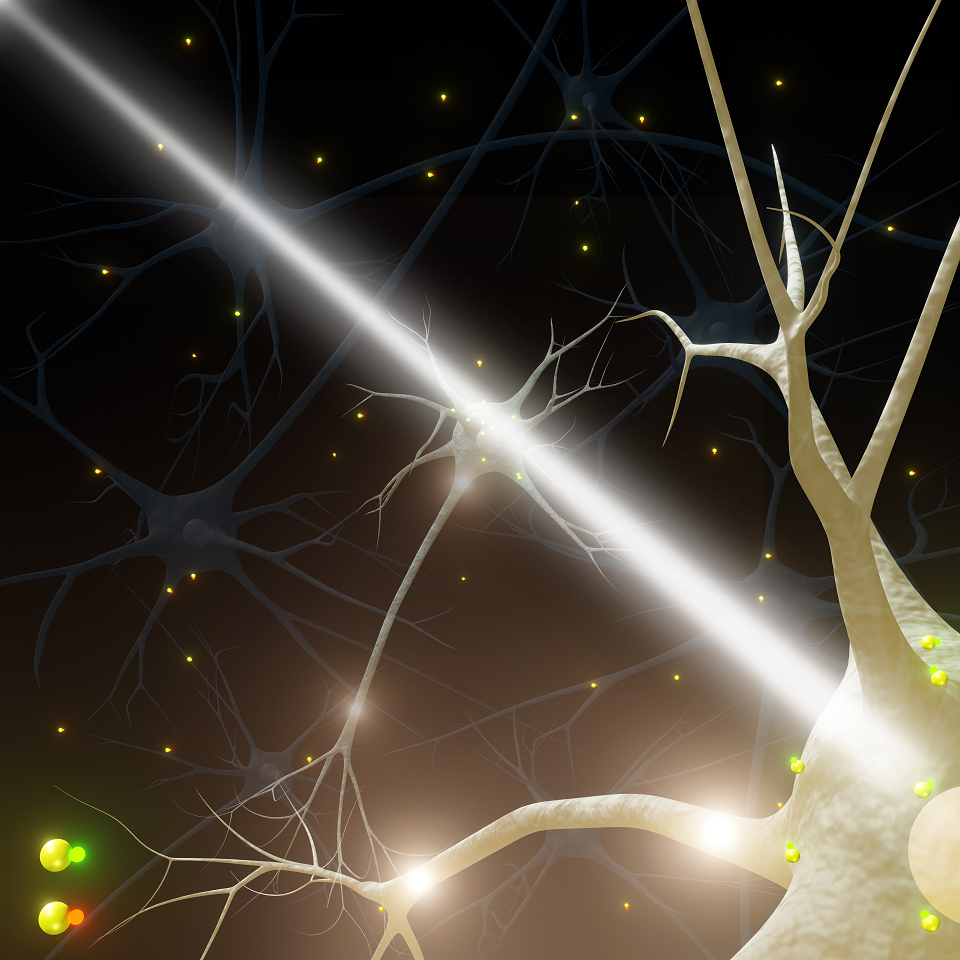
The tree of research lines at Donostia International Physics Center (DIPC) has started to grow a new and promising branch in Neuro Physics, with the leadership of the neuroscientist Rafael Yuste, Professor at Columbia University and Ikerbasque Professor at DIPC; and the nanophotonics expert Aitzol García-Etxarri, Ikerbasque Research Fellow at DIPC.
“We are trying to do something that no one has done before, that is using nanoparticles to understand the brain,” says Rafael Yuste to describe the NanoNeuro project, a collaborative endeavor between the Columbia University in New York, and Donostia International Physics Center (DIPC) in San Sebastian, Spain.
A review of preliminary results on this new approach has been presented in Nature Methods. The Perspectives piece, “Time for NanoNeuro,” by García-Etxarri and Yuste, was published on October 18, 2021. There, the authors explain how nanomaterials, such as customized gold nanoparticles or quantum dots, can be used to fabricate new methods to record and manipulate the activity of neurons.
Gold nanoparticles have been used in biomedicine before, with promising results in cancer treatments, but the idea to apply them to brain cells is novel. “Neuroscience and nanoscience have lived separately, they don’t talk to each other. We’ve started to change that”, says Yuste.
Preliminary experiments, which proved that neurons can be optically activated, were developed using gold nanoparticles available at hand, mass-produced by catalog. “Now is time to design our own nanoparticles, build them and decorate them with molecular moieties to target specific neurons in the brain. This can only happen if you have experts in each of these areas, and this is exactly what we have here”, explains Yuste.
The president and founder of DIPC, Pedro Miguel Echenique, Professor Emeritus of Condensed Matter Physics at the University of the Basque Country and honorary Doctor of Science by the University of Cambridge, describes the project as a result of a long-term vision. “The collaboration with Columbia University doesn’t come out of the blue. We are harvesting the seeds planted by a singular center, such as DIPC, developed in an exceptional situation in the Basque Country. We invested in a new line of research, led by excellent scientists, which is already blooming”, Echenique states.
.png)
